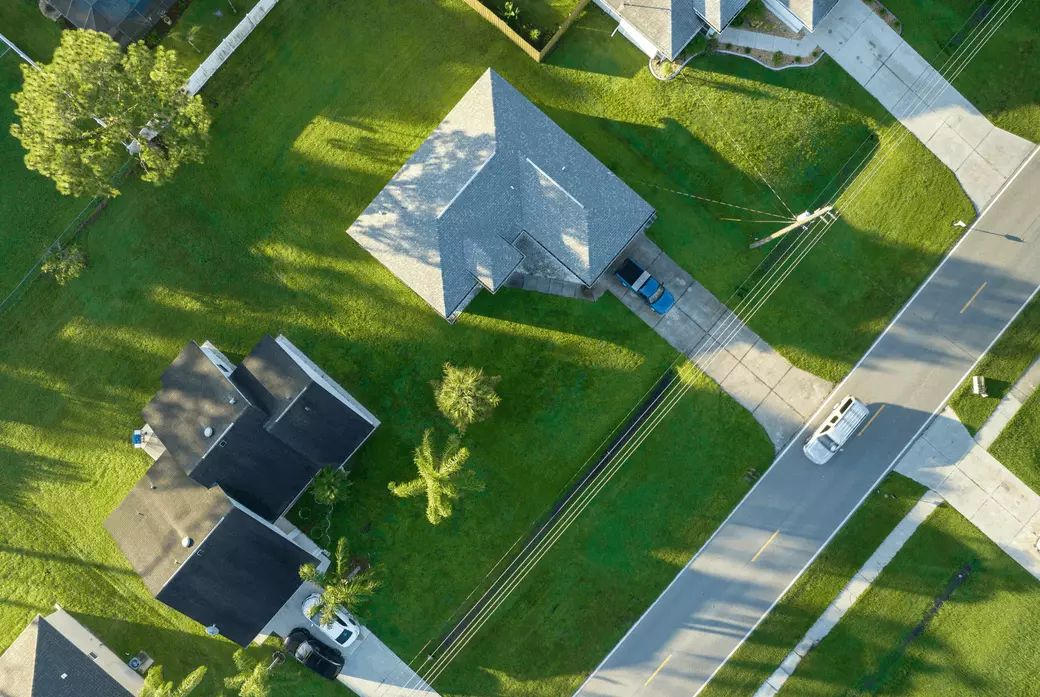Urban to suburban migration: Embracing space and affordability

In recent years, there has been a notable trend of people moving from urban areas to suburban or rural locations. This migration is driven by the desire for more space, affordability, and a higher quality of life.
Urban living often means high-density environments and expensive real estate. As cities grow, housing prices soar, making it difficult for many to afford spacious homes. In contrast, suburban and rural areas offer more bang for your buck. Larger homes with yards, lower property taxes, and an overall lower cost of living make these areas attractive, especially for families and remote workers.
The COVID-19 pandemic accelerated the shift towards remote work, allowing many to rethink their living situations. Without the need to commute daily, people are free to live further from their workplaces, opting for the tranquility and space of suburban or rural areas. This flexibility has led to a significant uptick in migration out of cities.
Suburban and rural areas often provide a slower pace of life, with less congestion and more green spaces. For many, this translates to a healthier, less stressful lifestyle. Access to outdoor activities, cleaner air, and a sense of community further enhance the appeal of these regions.
While the move can be beneficial, it’s important to consider potential downsides. Suburban and rural areas may lack some of the amenities and cultural attractions found in cities. Additionally, infrastructure such as healthcare, public transportation, and educational institutions can vary significantly.
Therefore, the trend of urban to suburban migration reflects a broader desire for space, affordability, and a better quality of life. As remote work becomes more entrenched and urban living costs continue to rise, this movement is likely to persist, reshaping the demographic landscapes of many regions.
Recent Posts











